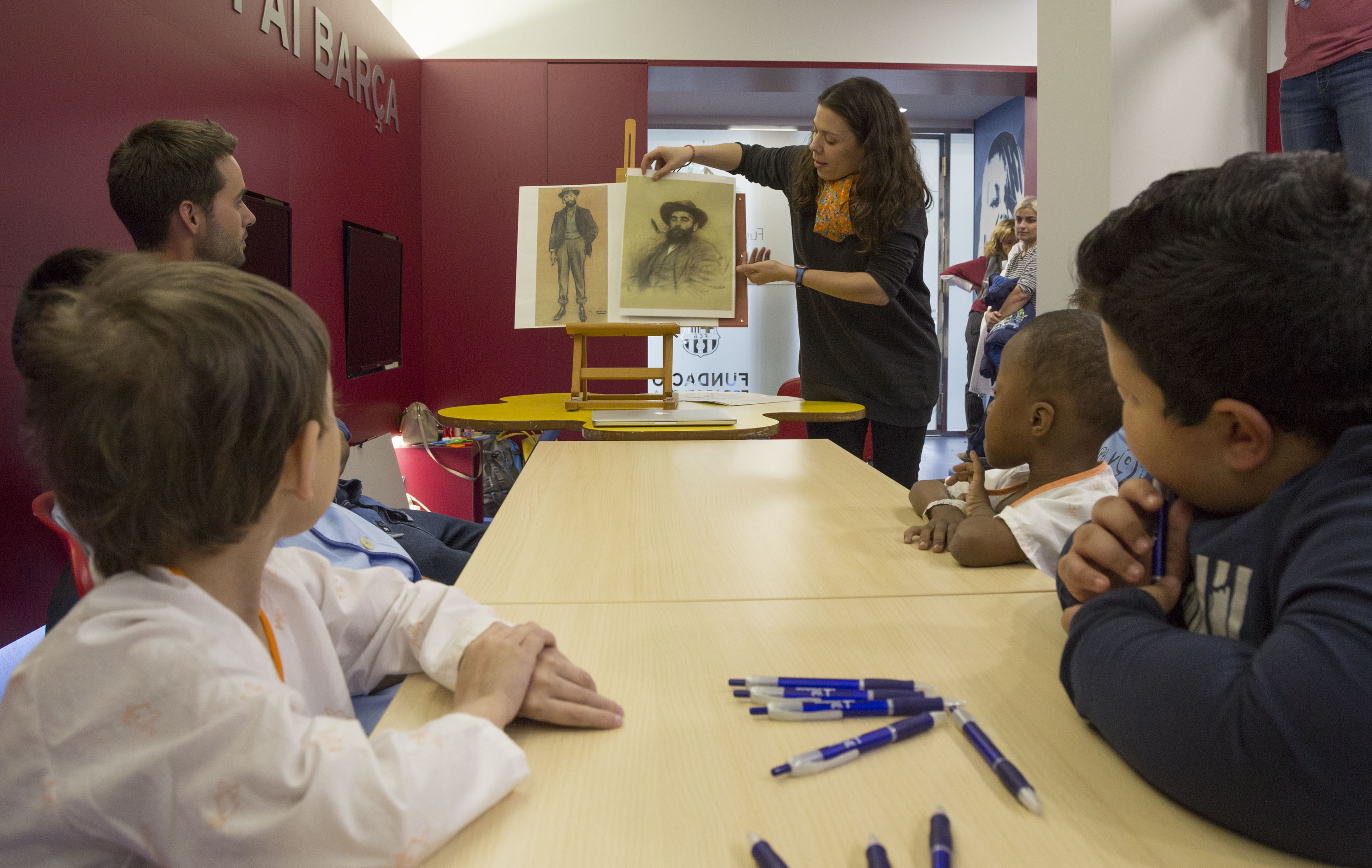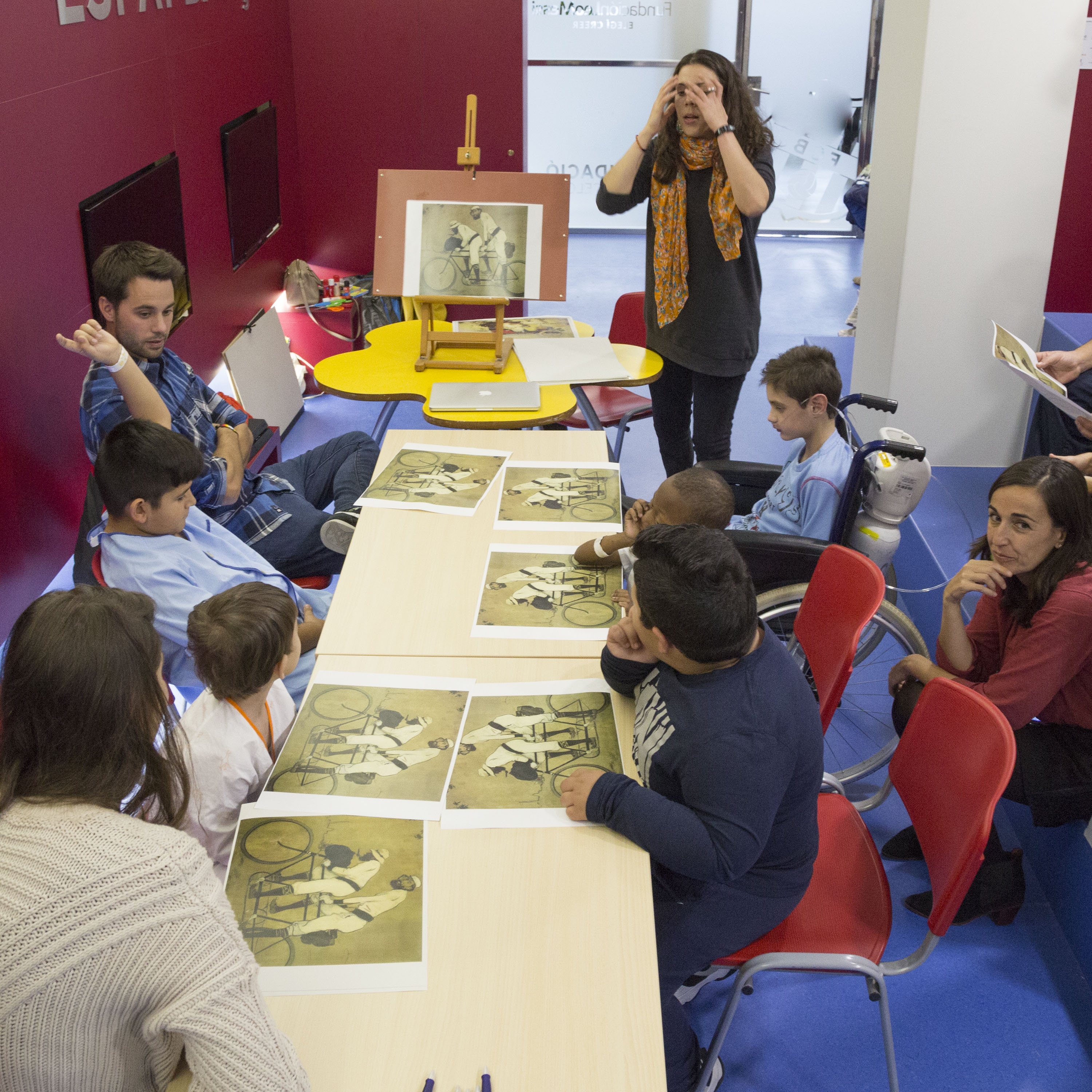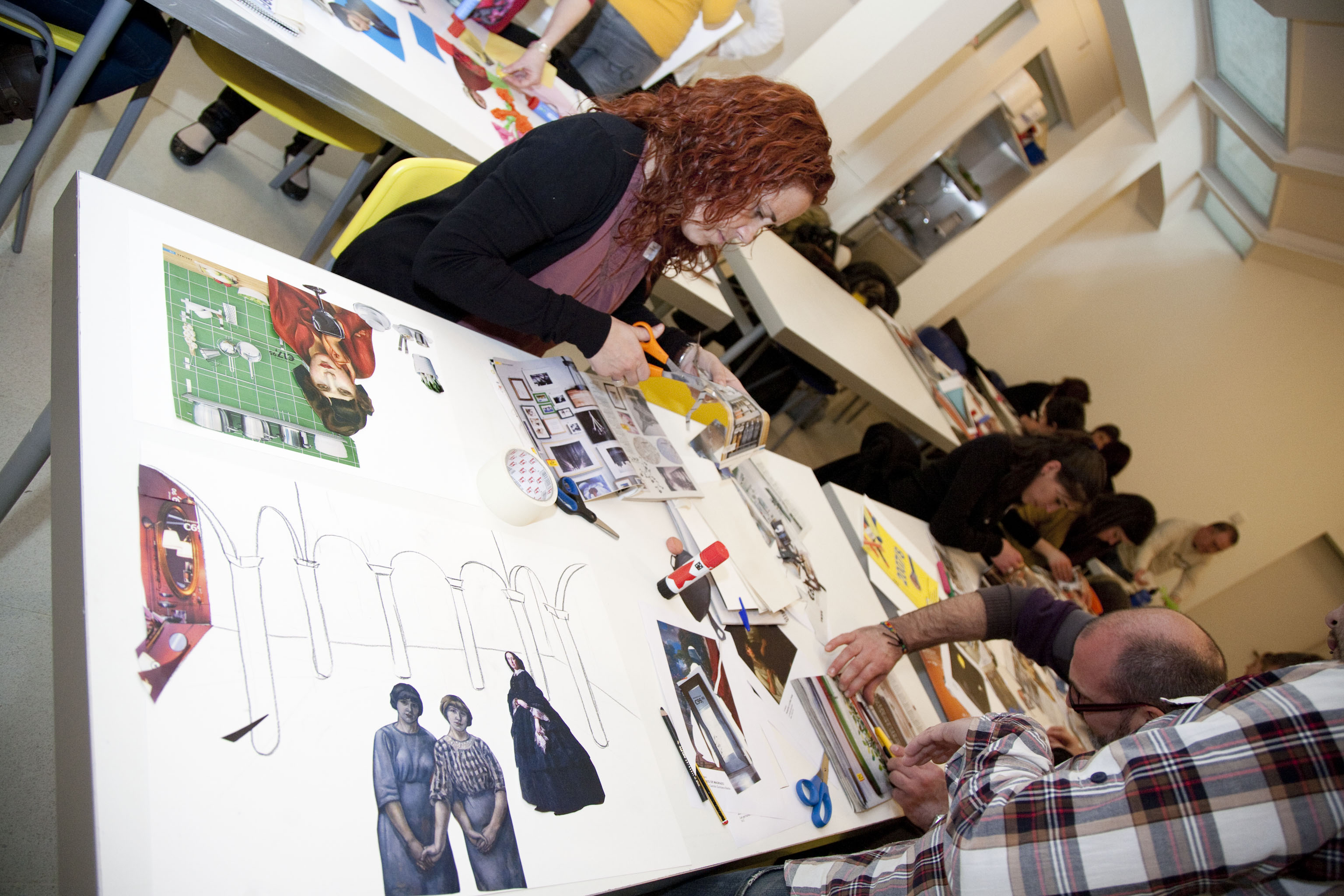Guillem d’Efak
From the Museu Nacional we are convinced that art can provide benefits for the health and welfare of the people and even produce a therapeutic effect. Initiatives are still only just beginning in our country, but some examples are worth highlighting, such as the Alzheimer Programme in the CCCB or Estimul’Art, which are carried out by the ACE Foundation together with the Museu Marès, the Museu d’Història de Barcelona and others, or our museum’s project with the Vall d’Hebron Maternoinfantil Hospital, Art at the hospital, to make the space more pleasant and improve the emotional well-being of hospitalized children and adolescents. In this post Guillem d’Efak shares inspiring experiences from the United Kingdom.
Beyond our frontiers, for decades the health sector has been intensely exploring the contribution that the arts can make in its field of action. Just as it was shown in the recently held II Arts in Health Conference & Showcase for Health decision-makers in the Guildhall School of Music & Drama of London. The aim of the event was to show to those responsible for health policies how the arts can contribute positively to the health needs of the society.
Internationally, these efforts have reached such a point of maturity that we would do well to analyse them carefully. The quantity and quality of projects presented attests to the level reached and that call on us to act.
Arts and health policies
In our country, the interrelation between the cultural and health worlds could come as a surprise. Beyond testimonial points of contact that we will mention, or of dangerous conceptual confusions that approach the world of the “alternative therapies” and pseudoscience, these two spaces – health and culture – are conceived and function in a totally isolated way. Analysing the reasons for this distancing escape from the aim of this article. Perhaps it is the consequence of the unfortunate tradition of radically separating the humanistic and scientific fields already in the intermediate stages of the educational itinerary?
But before continuing, we should make it clear that when we talk about art and health we are not talking only about Art therapy or Music therapy. We are mainly talking about the wide range of cases in which the sanitary professionals, when tackling a specific pathology, can consider the arts as one more resource in their therapeutic plan.
Let’s see some of the examples presented in London:
- Singing for Lung Health, a project of the British Lung Foundation, uses singing as a therapy for breathing recovery in patients with asthma, pulmonary emphysema, chronical obstructive pulmonary disease (COPD) and even lung transplants.
- Dance for Parkinson’s, a project of the English National Ballet, which has created a programme to improve the mobility and self-esteem of patients with Parkinson’s disease through a weekly class schedule in London and in five other cities in England.
- National Museums Liverpool stood out during the day with its consolidated and innovative programme, House of Memories, which since 2012 has focused on dementia and how collections can open channels of enriching communication between patients, families and carers.
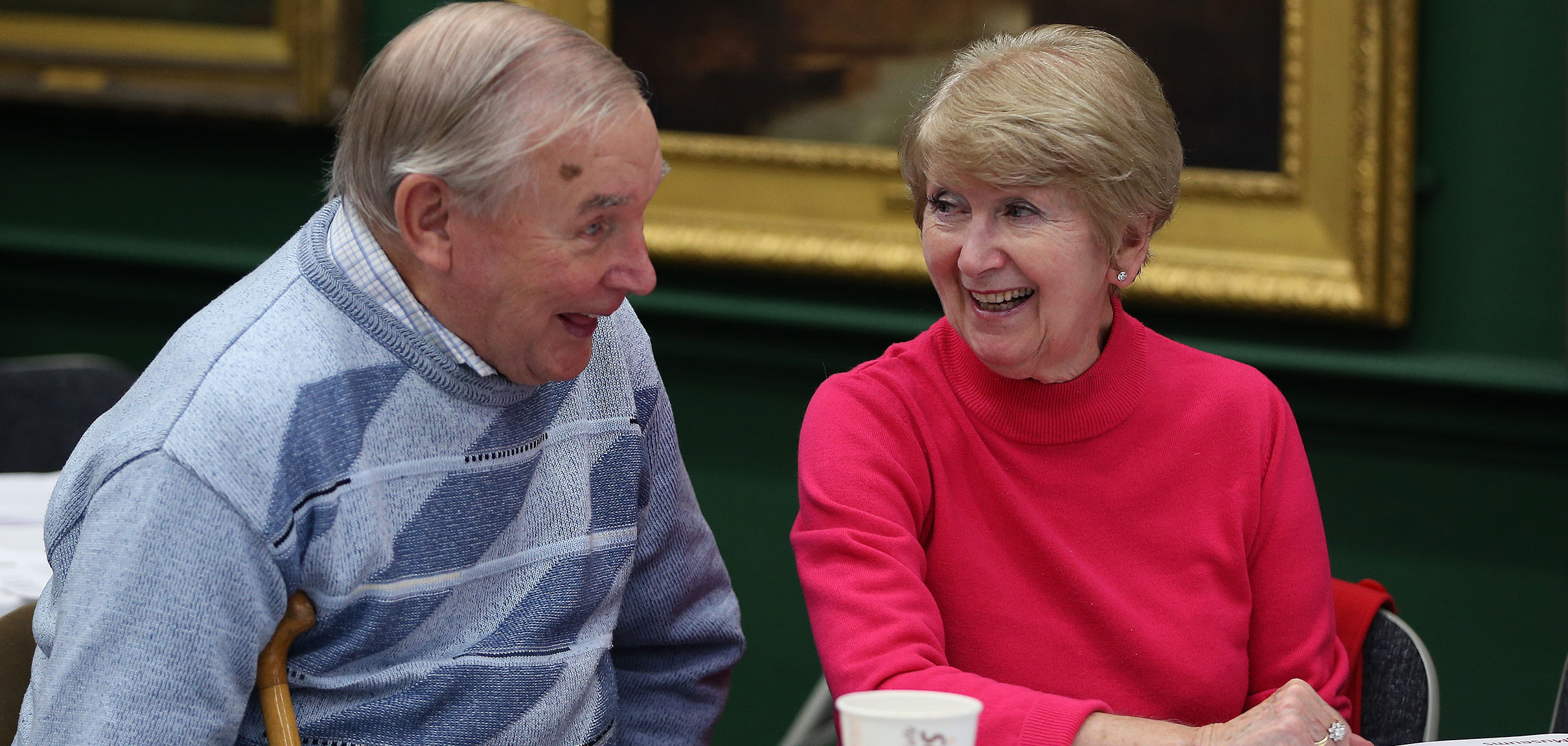
Image of the program House of Memories
- Also focusing on dementia, Historic Royal Palaces presented the project Sensory Places, which each year since 2013 has involved 300 participants in various specific workshops in different heritage spaces in collaboration with associations of those affected and family members.
Beyond the specific examples that we could see in London, the important thing is to discover the fact that the possibilities of this interdisciplinary work are endless.
From challenges to opportunities for the fields of health and culture
The challenges that we have the chance to face will only be possible if they are based on solid and consistent approaches by sector.
Thus, in the field of health, these types of joint projects will make sense if paradigms such as community health are finally assumed and it is recognized, definitively, that the health of the citizens does not only depend on the different centres and health resources that make up the health network, but also on the mobilisation of different community assets. These, properly coordinated and aligned with formal healthcare activity, can have a positive impact on the individual and collective health/illness binomial.
Museum Space in Common of the Museu Nacional
Likewise, the culture sector should adapt its intervention methodologies so as to incorporate follow-up and evaluation indicators that allow the verification of whether their health programmes actually generate enough scientific evidence or, as attractive as they may seem, if they have not been able to do so. We can carry out memory workshops, which is perfect, but
- do we start from an individualised diagnosis of each patient?
- do we monitor the evolution?
- do we count on professionals with suitable training?
- do we share the efforts with the health professionals that treat it?
- would we be able to publish the results of the intervention in a scientific journal?
Furthermore, both sectors should also learn something which is so simple to say, but so how hard to do: working together. To achieve this, beforehand we will have to build spaces for mutual knowledge and interrelation, and then to design resources and fields of training areas in which the different professionals from each of the sectors acquire the knowledge and skills that will allow them to operate interdisciplinary projects.
From an institutional point of view, changes will also be required. The cultural centres, could, for example, manage to modify the public explanation of their mission in order to make this new function visible, let’s say therapeutic, of its activities. It is not a minor change, but for many of them it would not be a radical change either. Why, what should the mission be, well into the 21st century, let’s say, of a museum? Involving, by means of its assets and its knowledge, isn’t the health of citizens, in fact, a way of boosting the social and community significance and relevance of the institution? Is this not a new and suggestive way of linking, in a real and effective way, the lives of communities that give sense to their existence?
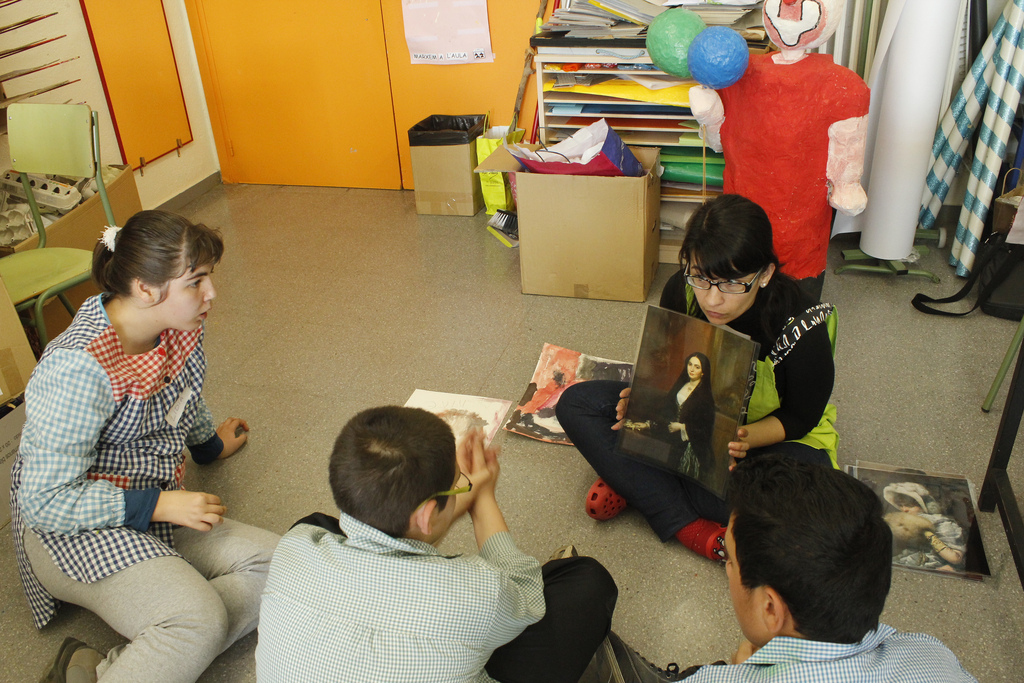
The project Portraits of the Museu Nacional
Depression, anxiety and mental health in general, cognitive deterioration, mobility, fragility, addictions, behavioural habits, social interaction, etc. The field of health provides the arts with infinite possibilities of interaction and complementarity. All this is an opportunity that it would be unforgivable to not take advantage of it. It needs to be done, we need to do it, but to do it well. And that’s why we need to learn from the experience of those who precede us in the efforts, and who provide us with a range of examples, knowledge and methodologies to follow up.
Guillem d’Efak
Managing partner Barcelona International Training & Education
Related links
Museums and Alzheimer mapa CCCB (pdf, 920 Kb)

